
What is CE certification for lighting?
CE certification for Lighting
Lighting products come in various types, and the European Union (EU) has different requirements for different types of lighting, tested according to different EN standards. Many manufacturers ask if their lighting can pass CE certification and obtain a ce certificate. It’s difficULt to determine without testing, but most products can pass as long as they are produced in strict compliance with CE certification standards. Products must be sent to a lab for testing, and upon passing, a test report will be issued, leading to the CE certificate.
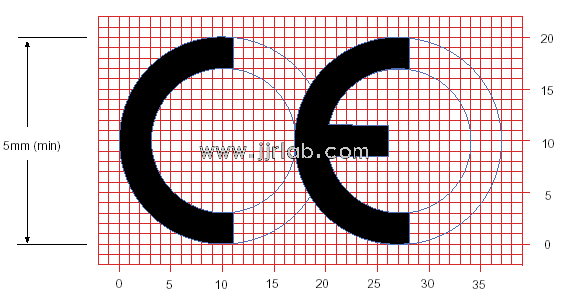
In the EU market, the "CE" mark is a mandatory certification mark. Products, whether made within the EU or imported, must have the "CE" mark to freely circulate in the EU market, indicating that they meet the basic requirements of the EU's "New Approach Directives." This is a legal requirement for products in the EU, and lighting products must obtain CE certification for export.
Standards for CE Certification of Lighting
Lighting products are tested according to EN55015, EN61547, EN60598, and en61000 standards.
- EN55015: Tests for conducted and radiated emissions.
- EN61547: Tests for electrostatic discharge, radiated immunity, fast transients, surges or lightning, conducted immunity, and voltage dips and swells.
- EN61000-3-3: Tests for voltage fluctuations.
- EN61000-3-2: Tests for harmonics.
- EN60598: A safety standard covering insulation voltage tests, leakage current tests, grounding resistance, insulation resistance, temperature rise, and abnormal temperature tests.
CE Certification Test Items for Lighting
CE certification testing includes EMC (EMI + EMC) and LVD (Safety). Low-voltage products (AC <50V, DC <75V) may not need lvd testing. CE certification is necessary for products to enter EU and European Free Trade Association markets.
- EMC (Electromagnetic Compatibility):
- emc testing Standards (EN55015, EN61547):
1. Radiation
2. Conduction
3. Electrostatic discharge (SD)
4. Conducted immunity (CS)
5. Radiated immunity (RS)
6. EFT pulse
- LVD (low voltage directive):
- LVD Testing Standards (EN60598):
1. Fault (testing)
2. Impact
3. Shock
4. Electrical clearance
5. Creepage distance
6. Electric shock
7. Overheating
8. Overload
9. Temperature rise
A recent addition to the CE safety requirements for lighting is surface temperature testing. For non-metal parts exceeding 75°C and metal parts over 60°C, sufficient safety warnings must be provided in the product instructions.
Products CoveRED by CE Certification for Lighting:
1. Light sources: Halogen lamps, solar lamps, sodium lamps, fluorescent lamps, LEDs, etc.
2. Outdoor lighting: Road lamps, lawn lamps, spotlights, etc.
3. Flashlights: Regular, rechargeable, solar, explosion-proof flashlights.
4. Stage lighting: Spotlights, laser lights, etc.
5. Indoor lighting: Bulbs, table lamps, ceiling lamps, decorative lights, etc.
Documentation for CE Certification:
1. User manual
2. Safety design documents (schematics showing insulation layers, distances, etc.)
3. Product technical specifications
4. Electrical schematic
5. Circuit diagram
6. List of key components/materials with European certifications
7. Certification copies of components
8. Additional necessary documents
ce certification process:
1. Applicant submits application form with company and product details to JJR Lab in China.
2. JJR Lab engineers determine the testing standards based on product documentation.
3. Applicant confirms the quote, signs a contract, and pays.
4. Applicant provides test samples.
5. Applicant submits product documentation and photos.
6. JJR Lab performs complete testing.
7. Test report issued upon completion.
8. CE certificate issued.
Certification Timeline:
The typical time frame for certification is 5-7 business days.
Email:hello@jjrlab.com
Write your message here and send it to us
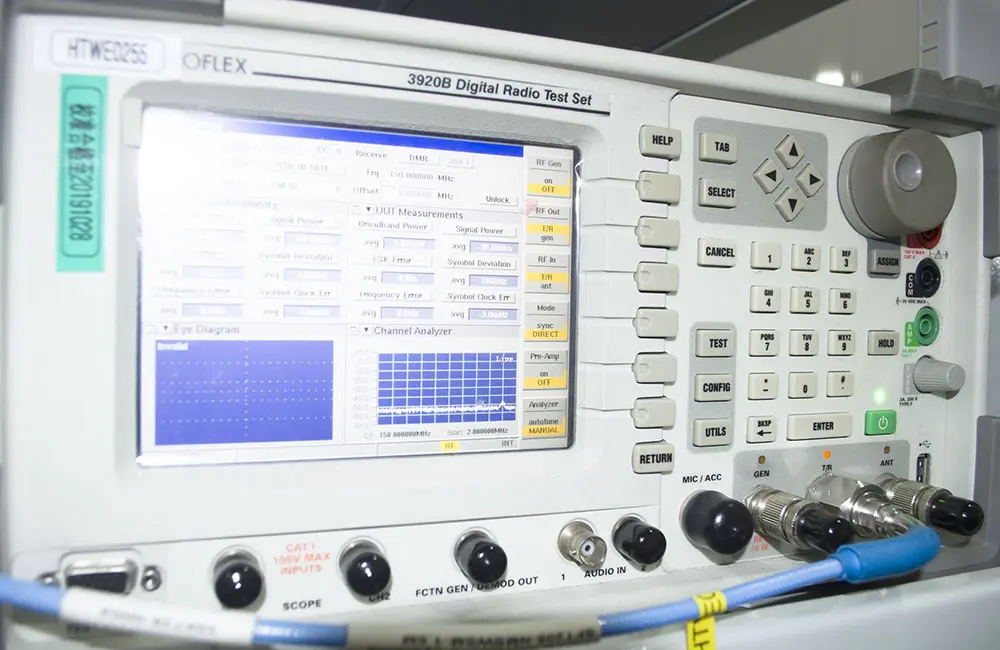 LED Lighting EMC Testing Service
LED Lighting EMC Testing Service
 EU REACH Compliance Testing Services
EU REACH Compliance Testing Services
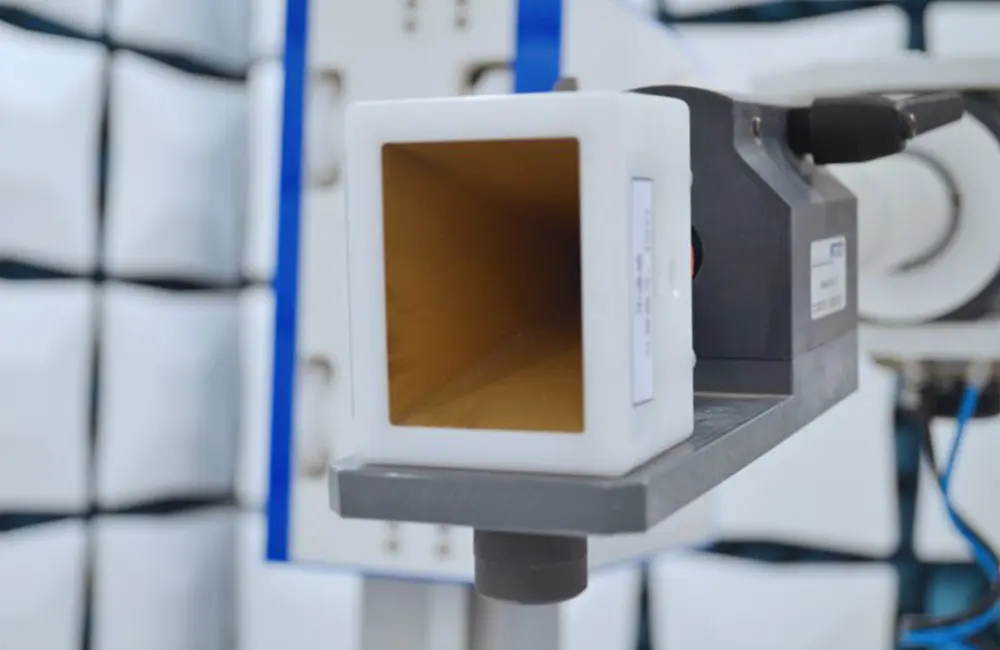 Electronic and Electrical Reliability Testing Serv
Electronic and Electrical Reliability Testing Serv
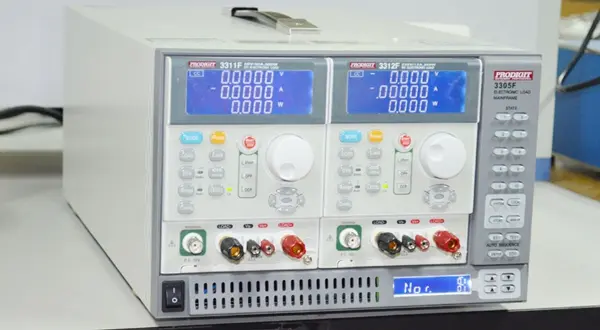 Electronic & Electrical Safety Compliance Test
Electronic & Electrical Safety Compliance Test
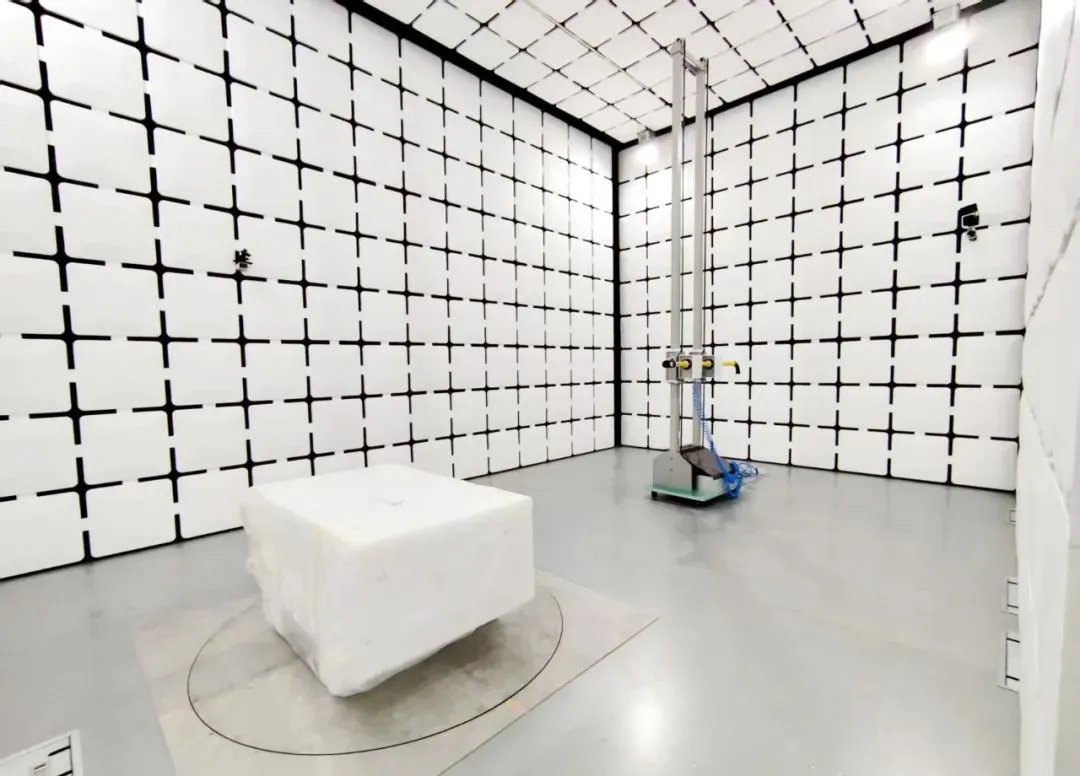 Shenzhen Electronic Electromagnetic Compatibility
Shenzhen Electronic Electromagnetic Compatibility
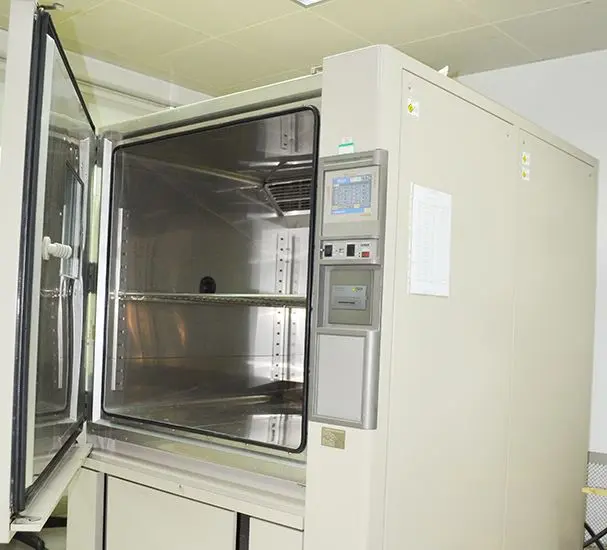 How to Test IP68 Rating
How to Test IP68 Rating
 Differences Between FDA and LFGB for Food Contact
Differences Between FDA and LFGB for Food Contact
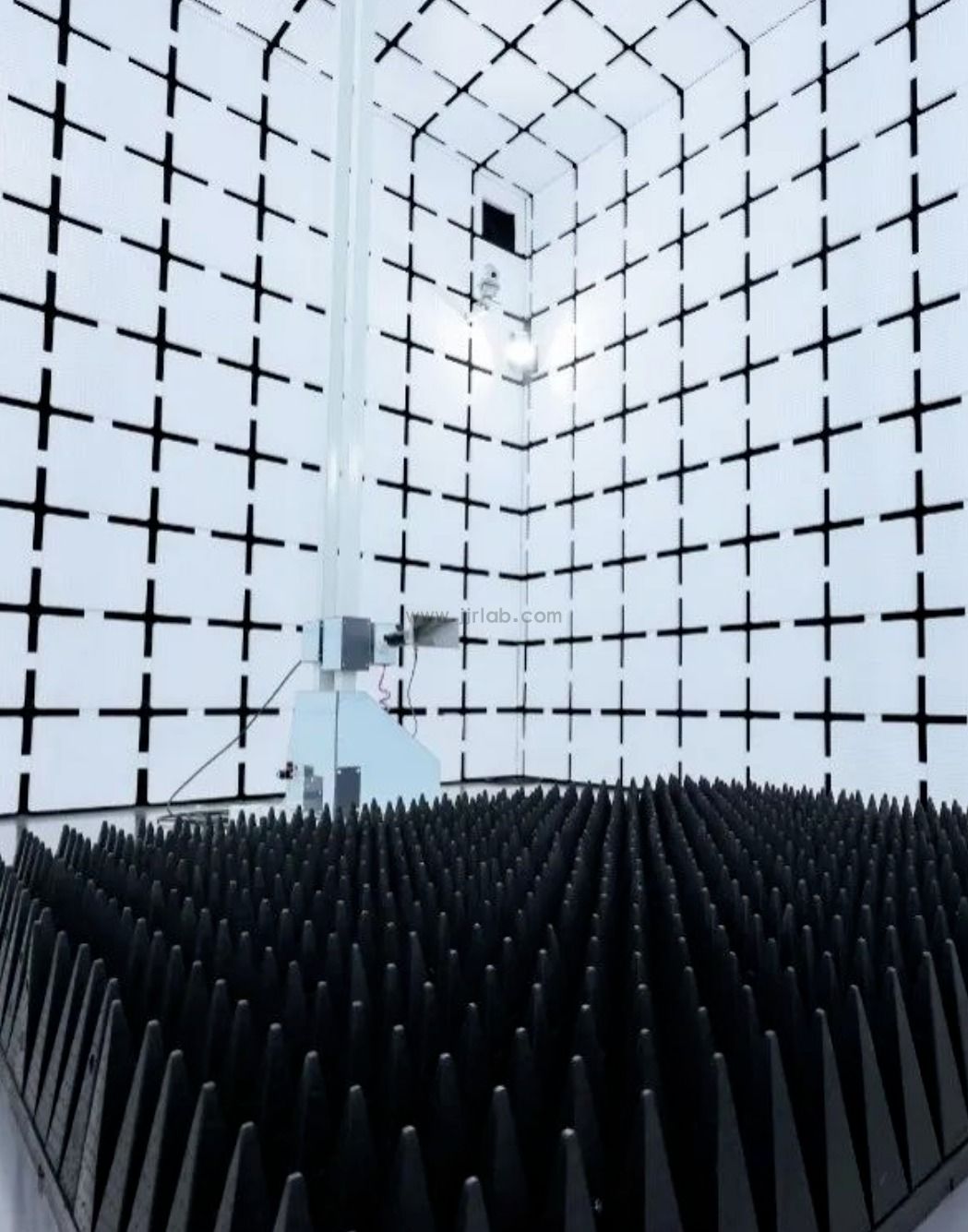 Process and Precautions for Amazon CPC Certificate
Process and Precautions for Amazon CPC Certificate
Leave us a message
24-hour online customer service at any time to respond, so that you worry!




